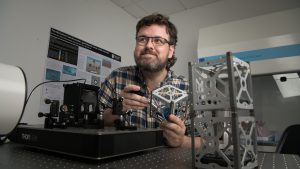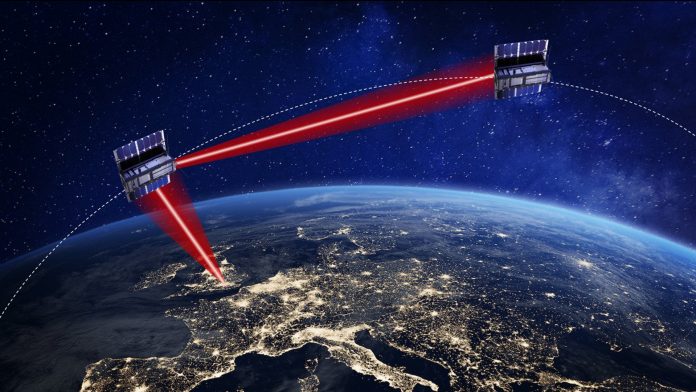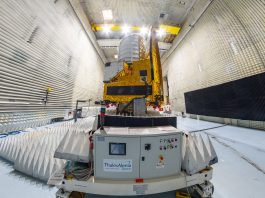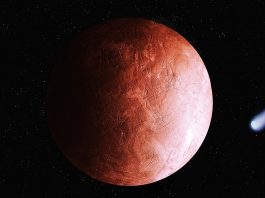A UK Space Agency fund of £5m for satellite communications research has allowed Northumbria University to launch the UK’s first university-led multi-satellite space mission.
This huge push in funding will allow the university to move forward with its prototype work on a new laser-based system, which can revolutionise the satellite communications industry.
Researchers from Northumbria’s Solar and Space Physics group are leading a consortium to develop the world’s first commercially available system for satellites to communicate via lasers.
Satellites currently use radio frequencies to transmit data but this has limited capacity and is more vulnerable to disruption.
However, lasers can transmit 1,000 times more data per second than radio frequency and can transmit much more securely.
Could laser-based satellites become the predominant communications mechanism?
Northumbria’s laser device certainly has the potential to revolutionise lasers in the field of satellite communications.
Previously, the UK Space Agency had awarded Northumbria over £1m to earlier phases of this inter-satellite communications research through its National Space Innovation Programme.
It was one of 22 projects initially chosen to receive funding in 2020, with further funding granted in 2021 after showing promising potential. It is now one of only two projects selected for the third and final phase of funding.
The current award will allow the consortium to design, test, and build the first CubeSat with laser optical communications technology. It is expected to launch in 2025.

Professor Eamon Scullion, a solar physicist at Northumbria University, commented: “With our new technology, we are not only bridging the gap between satellite communications in low Earth orbit, but we are bridging an even more significant gap between academic R&D and industry.
“Thanks to previous funding from the UK Space Agency, we have established the working principles and a prototype of a unique, compact, lightweight, high-speed inter-satellite laser optical communication device.”
Through the University’s Northumbria Space Technology Laboratory, experts have been working in partnership with Durham University, satellite communications specialists e2E, and manufacturing company SMS Electronics Limited to create this new system.
Growing the satellite communications sector
“This funding will support Northumbria University to develop its innovative technology that will enhance satellite communications systems by using efficient optical lasers, in comparison to the traditional devices,” said Tony Forsyth, Head of Space Technology at the UK Space Agency.
He added: “The UK Space Agency’s National Space Innovation Programme prioritises funding for innovative technologies that will enhance UK space capabilities and help the sector, already worth £16.5 billion to the UK economy, continue to grow.”
Professor Andy Long, Vice-Chancellor and Chief Executive of Northumbria University, explained: “This important announcement from the UK Space Agency recognises the real excellence around space research at Northumbria and reinforces the aims of the University and the wider North East region to be a leader in the global space economy.”
He concluded: “This is a hugely exciting prospect which puts world-leading research into transformative technologies from Northumbria University one step closer to going into orbit.”









